We realized that forces happening in pairs were going in opposite directions and with equal amounts. But we were really curious about how variables like speed and force could affect forces!
Here's a snapshot of data we collected as a class (for the speed investigation) and then for the mass investigation.
Here were some patterns we noticed as we compared data in each class:
1. Regardless of speed or mass, forces still occurred in pairs and were approximately equal (we recognize there is some error in our data collection that accounts for differences).
2. We recognized that the maximum peak force for each trial matched the maximum peak force in the opposite direction.
3. When we increased the mass and speed, we also increased the KE.
4. And when there more more KE, this resulted in a greater peak force!
It looks like all this data collection we've been doing can move our thinking forward. Time to update our consensus model!
1. Regardless of speed or mass, forces still occurred in pairs and were approximately equal (we recognize there is some error in our data collection that accounts for differences).
2. We recognized that the maximum peak force for each trial matched the maximum peak force in the opposite direction.
3. When we increased the mass and speed, we also increased the KE.
4. And when there more more KE, this resulted in a greater peak force!
It looks like all this data collection we've been doing can move our thinking forward. Time to update our consensus model!
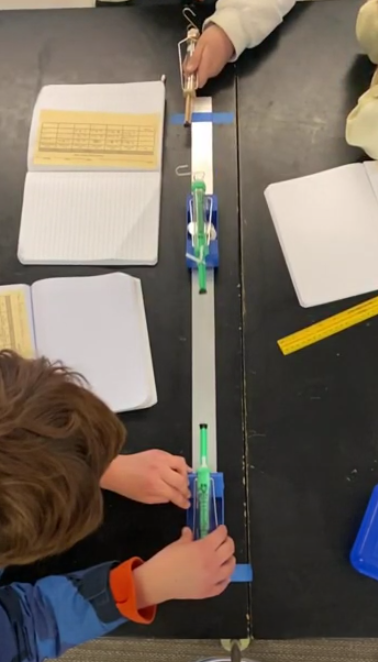
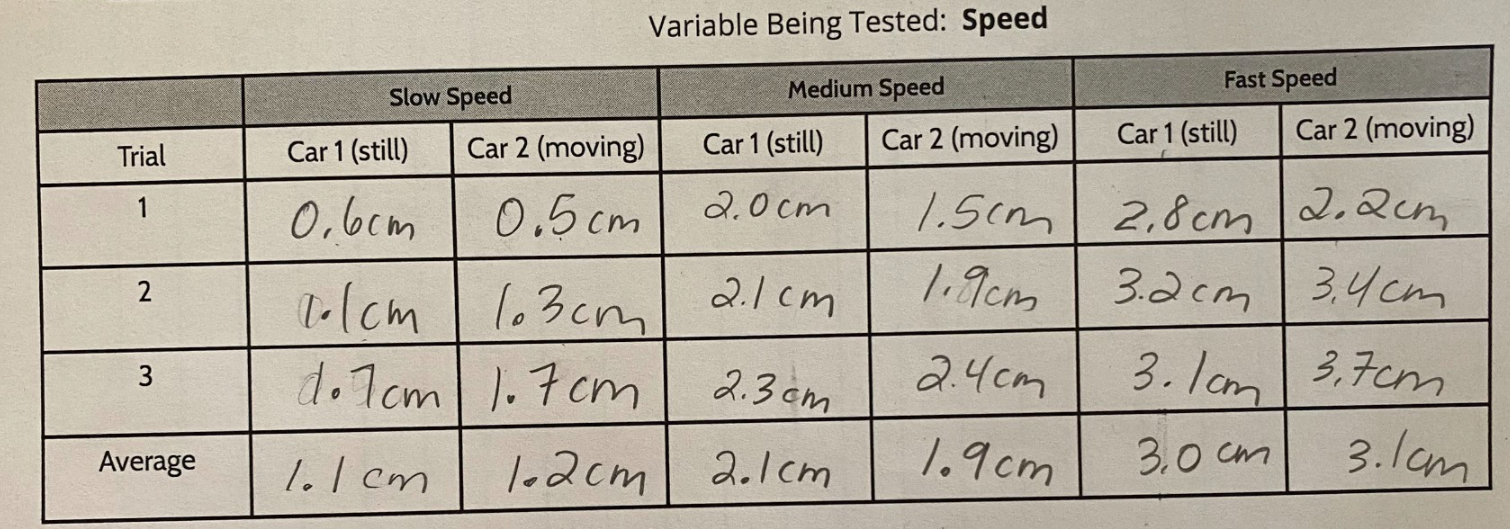

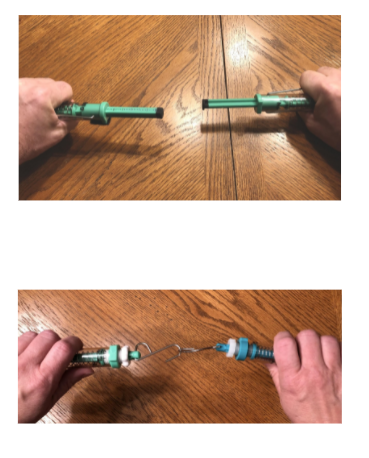
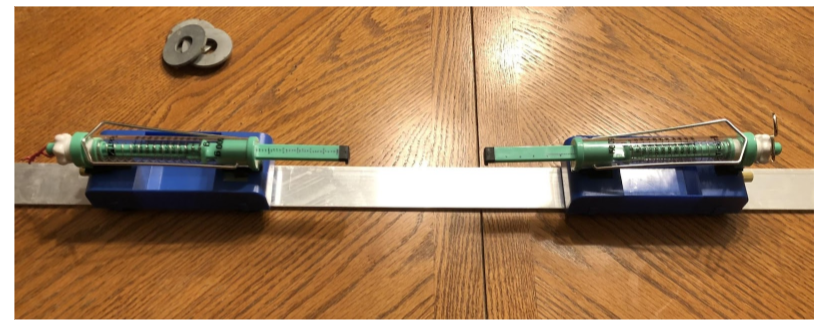
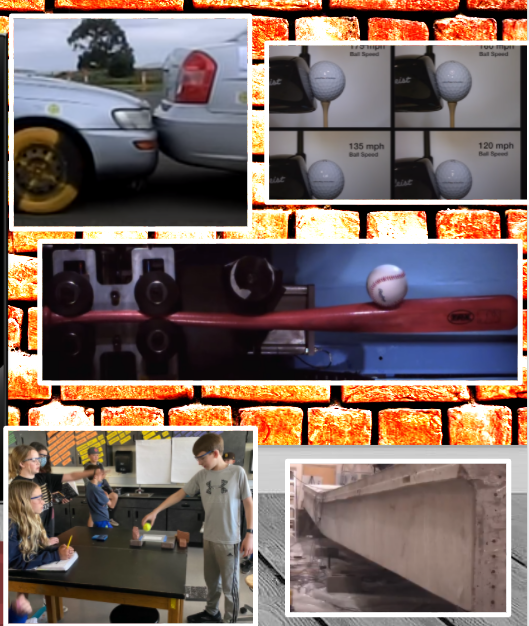
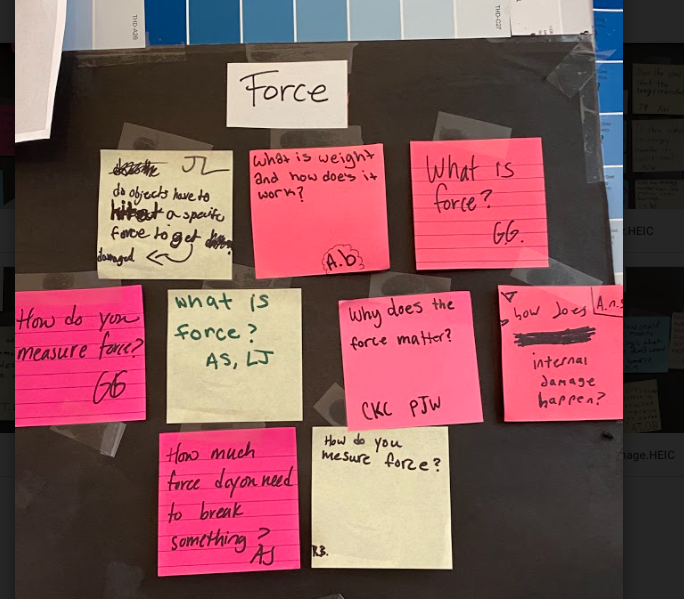
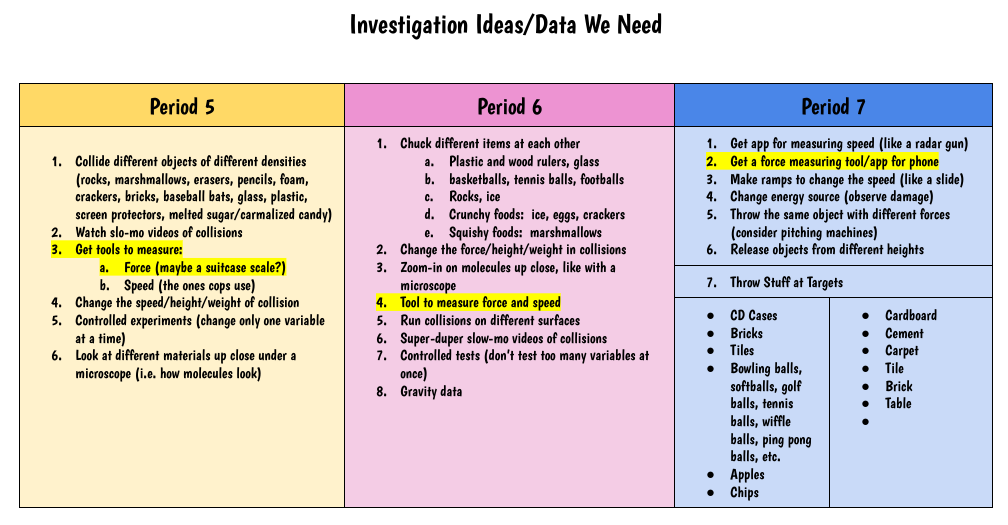
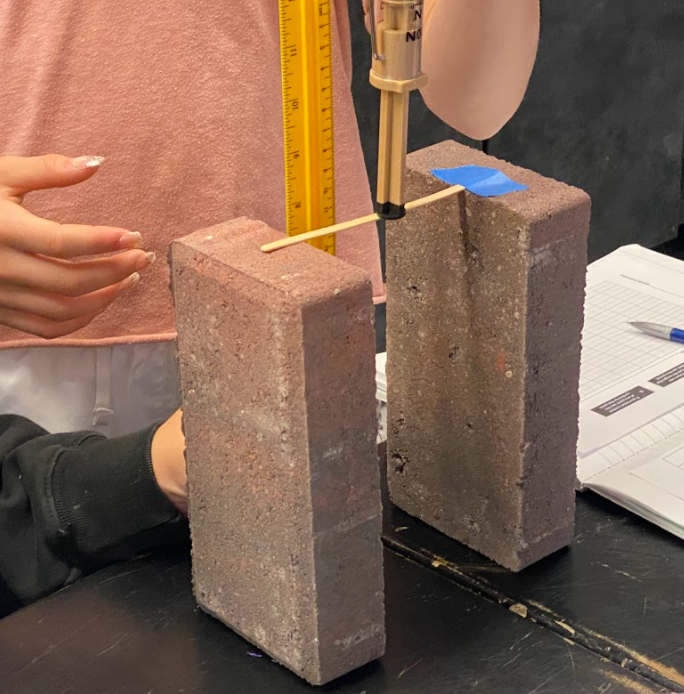
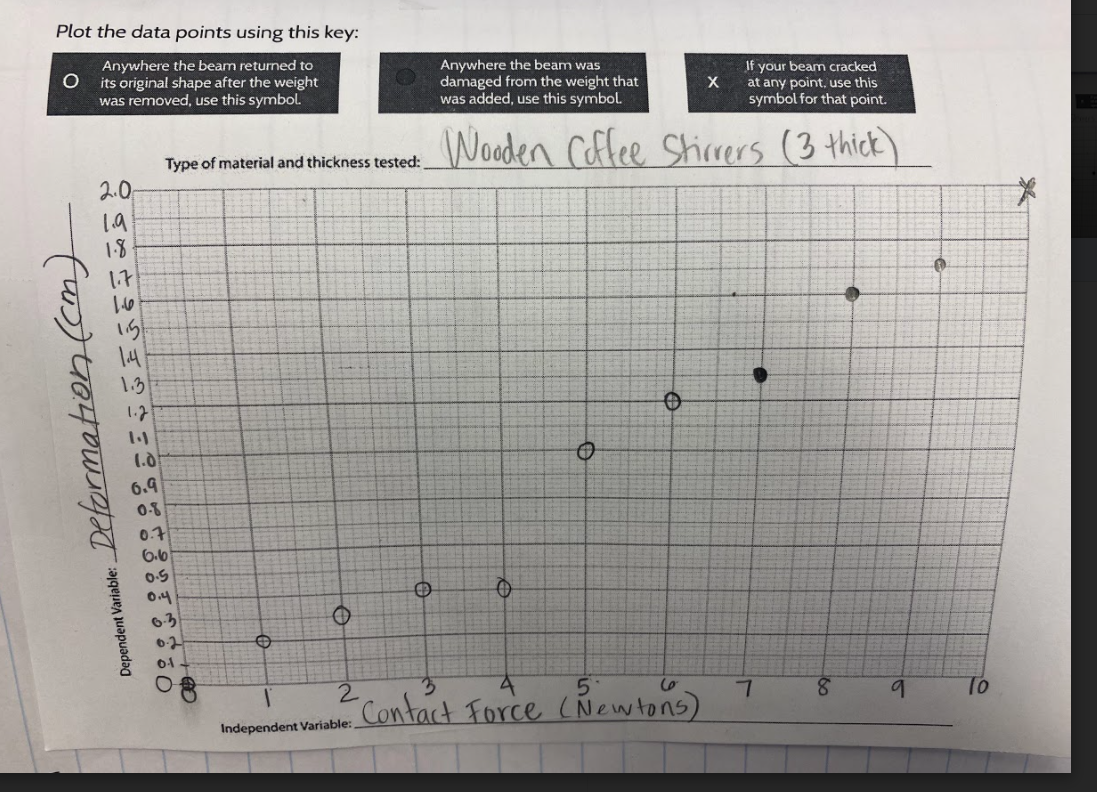
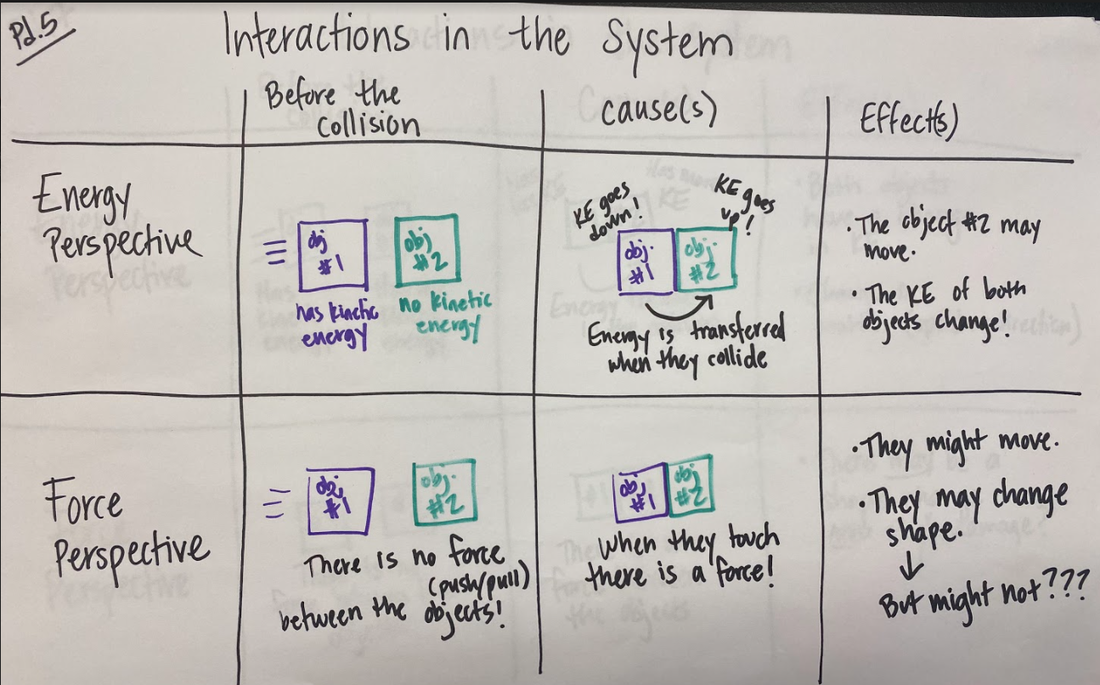
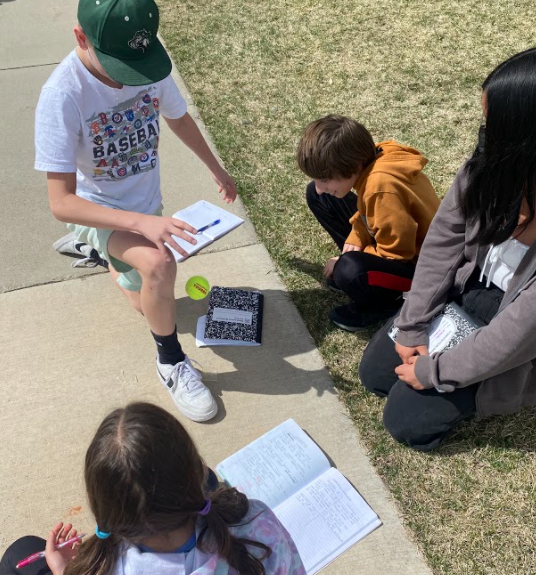
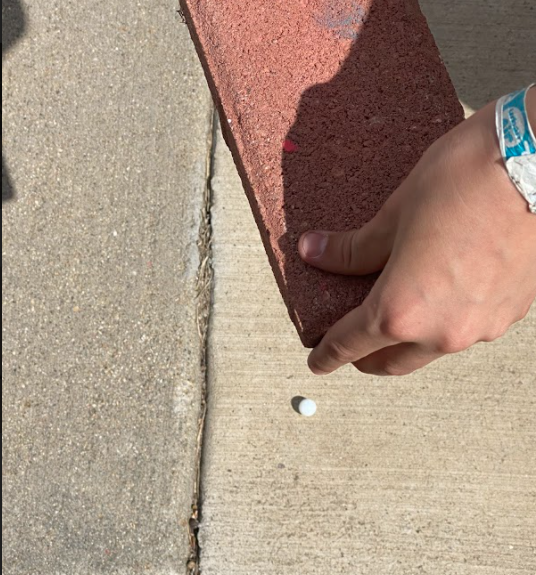
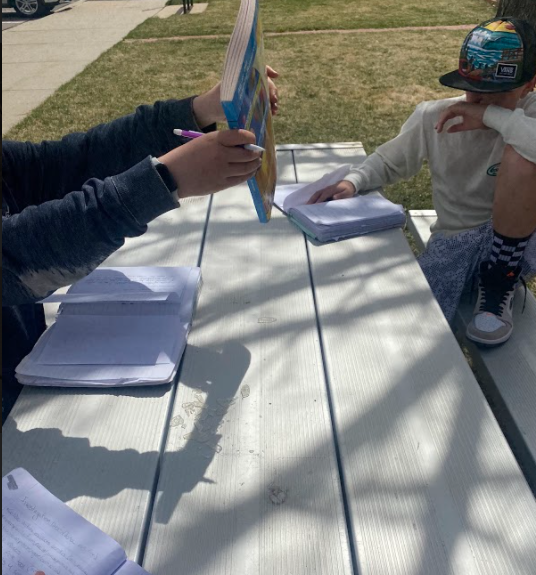
 RSS Feed
RSS Feed